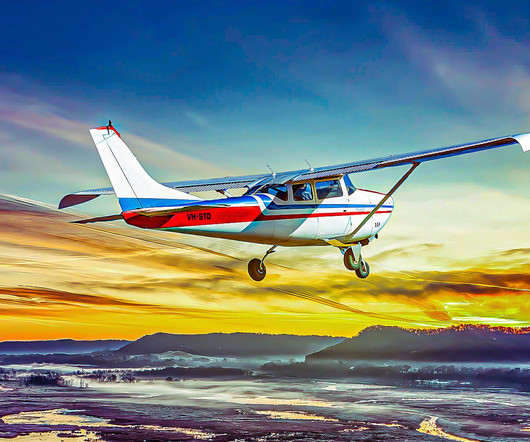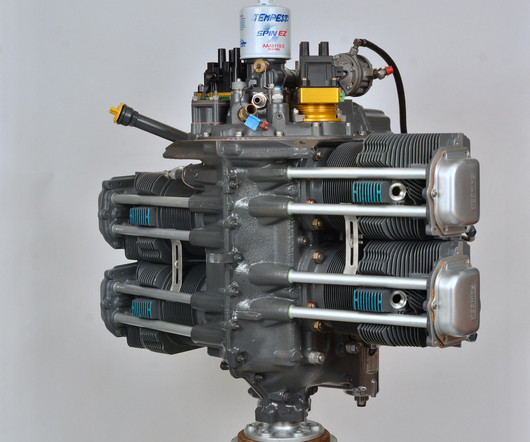Why Did Cessna Re-Introduce The Turbo Cessna 182 Skylane?
Simple Flying
FEBRUARY 7, 2025
General aviation aircraft demand has increased in deliveries of all private jets after 2021, and the industry has experienced significant growth in new and pre-owned purchases. Still, other factors, such as fuel efficiency, torque, and forceful performance, could also add to the benefits of turbocharged engines.













Let's personalize your content